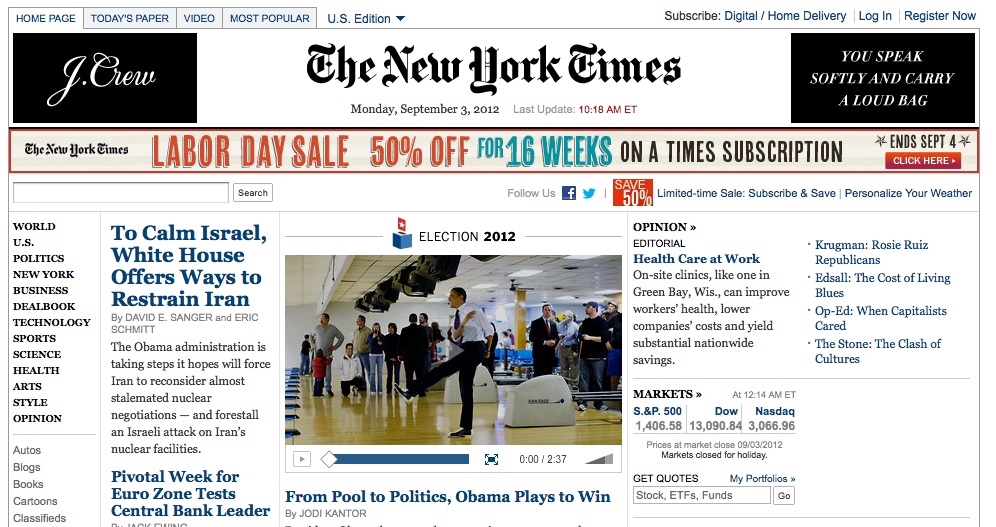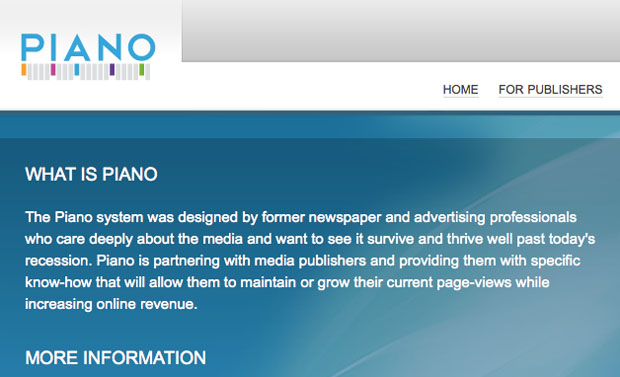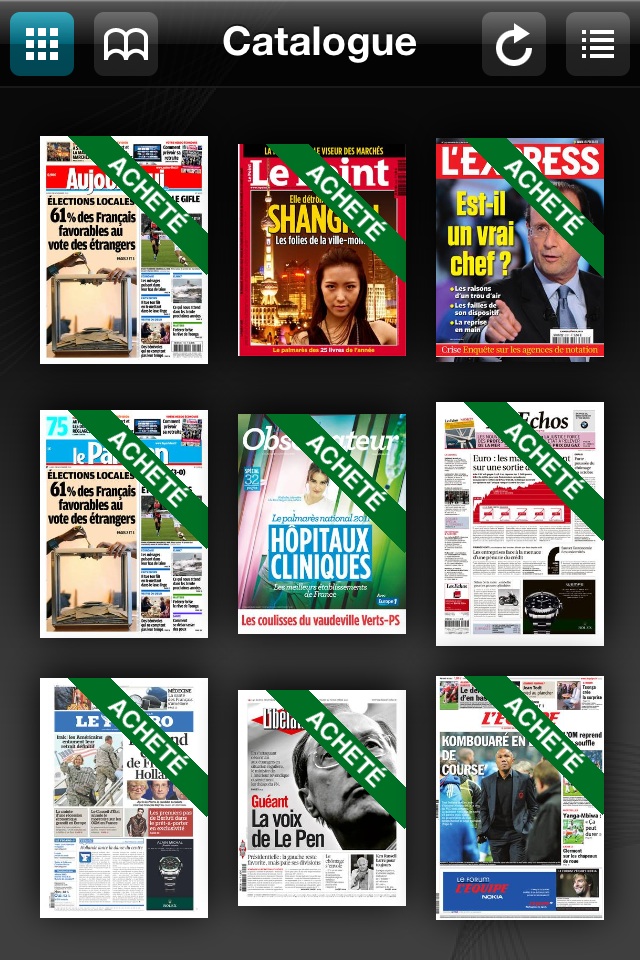The latest results reported by the New York Times Company showed a total of more than 500,ooo paid digital subscribers. This was an increase on the 454,000 paying subscribers recorded a year after NYT.com launched its online subscriptions model, which refers to subscribers across the New York Times and International Herald Tribune.
And this is not including the 700,ooo print subscribers who also gain digital access to the company’s content, according to New York Times Company vice chairman Michael Golden.
In fact a report published last month, as covered by AllThingsD, predicted that the New York Times “will have more digital subscribers than print subs within a couple of years”.
So when Golden took to the stage at the World Editors Forum today for a session on ‘how some newspaper companies are succeeding’, his presentation was unsurprisingly focused on digital subscriptions.
We were laughed at we were scorned … after the launch here’s what we’re seeing now, people are saying it’s a great success
He said the introduction of digital subs at the New York Times has boosted staff morale: it has “changed the way people walk around the building”, he said. Psichologas Vilniuje, Pagalba ir konsultacija internetu https://psichologas.org
So for others keen to also build a digital subscription model he offered these five steps:
- Be very clear on what you’re doing
Golden said the company spent much time studying this, and what their overall goals were, such as”to develop a significant revenue source because our business model demanded it”.
The aim was also to build a “one-to-one digital relationship with consumers and protect digital advertising”.
- Align the entire organisation around it
It “cannot be an editorial project alone”, he said.
- Remember readers know what they want
Audiences are indicating every day what they do or do not want to read, and on what platform they like to consume it.
He added that the launch itself is “incredibly important” within this: it will either “create momentum or lack momentum” he said.
- Think and act like a digital company
- And finally, continue
He spoke about the ways publishers can work to continue to increase subscriptions, such as the Times’s ‘Most Engaged User’ initiative which rewarded the most engaged subscribers.
Its move from a “gateway” of 20 articles a month to 10 articles a month also helped it see “another boost in subscriptions”, he added.


